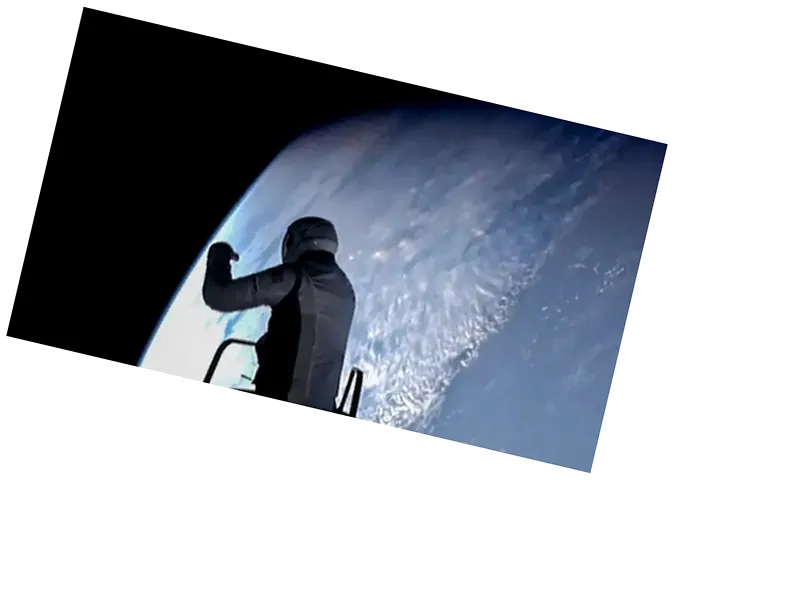Historic Spacewalk by Civilians
In a groundbreaking mission, entrepreneur Jared Eschman and a team of four civilians made history as the first non-governmental individuals to conduct a spacewalk. This remarkable achievement took place during the Polaris Dawn mission, operated by SpaceX, which reached an astonishing altitude of 1,400 kilometers—the farthest distance humans have traveled since the Apollo project. As they exited the Crew Dragon spacecraft, the crew was treated to a breathtaking view of Earth against the backdrop of deep space, marking a significant milestone in the evolution of commercial space exploration.
The Journey and Its Significance
Launched on Tuesday morning, the Polaris Dawn mission successfully reached its target altitude of 700 kilometers before ascending to its peak. The mission is designed to study the effects of radiation on human health as it partially crosses the Van Allen radiation belt. NASA Administrator Bill Nelson praised the crew's achievement, stating that it represents a giant leap forward for the commercial space industry and contributes to NASA's vision of a vibrant American space economy. This mission not only showcases the potential of private space endeavors but also highlights the future of tourist space flights.
Safety Measures and Innovations
Before the spacewalk, the crew underwent a critical 'pre-breath' procedure to prevent nitrogen bubbles from forming in their bloodstream due to rapid exposure to a vacuum. The astronauts donned their new spacesuits, which were designed for flexibility and ease of movement, a significant advancement over traditional suits. Eschman's successful exit from the capsule was broadcast live on YouTube, where he reflected on the beauty of Earth, calling it a 'perfect world.' The overall success of the Polaris Dawn mission signals a promising future for commercial space travel and exploration.






